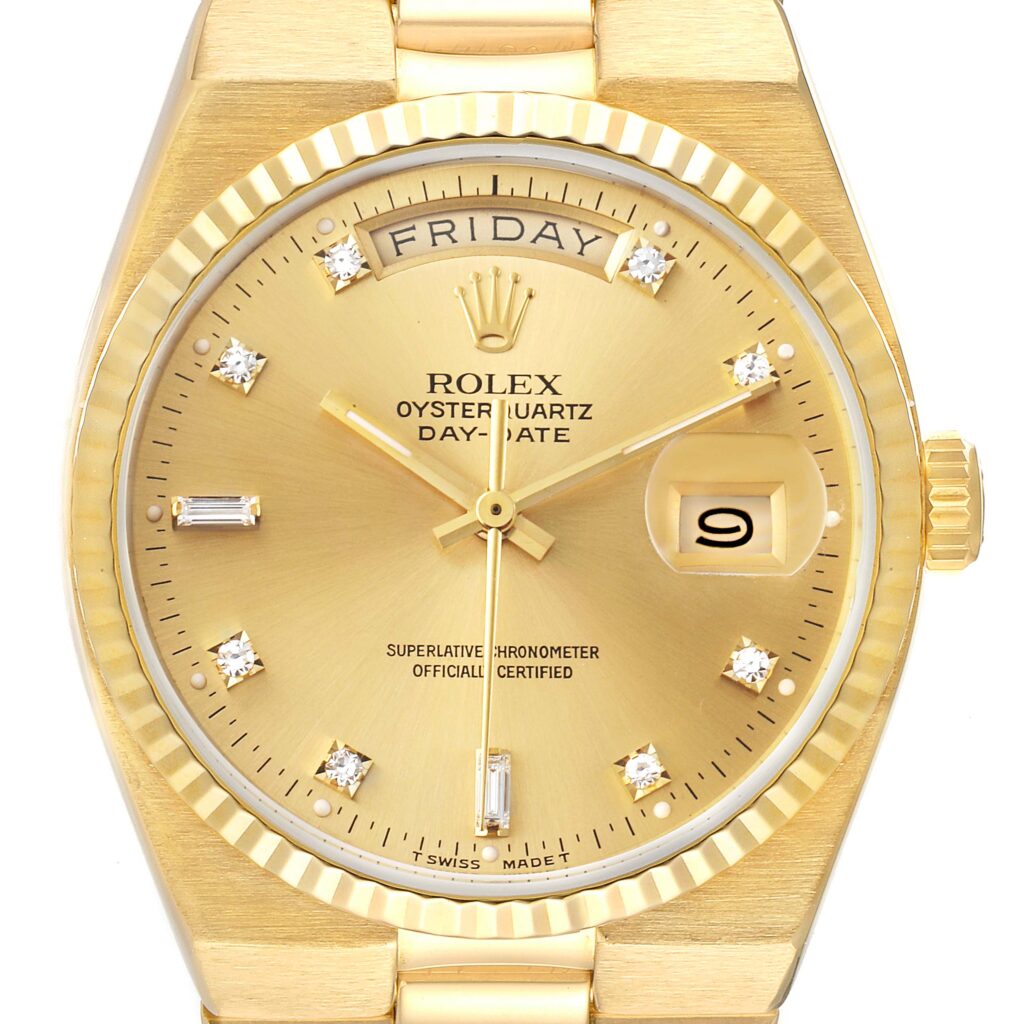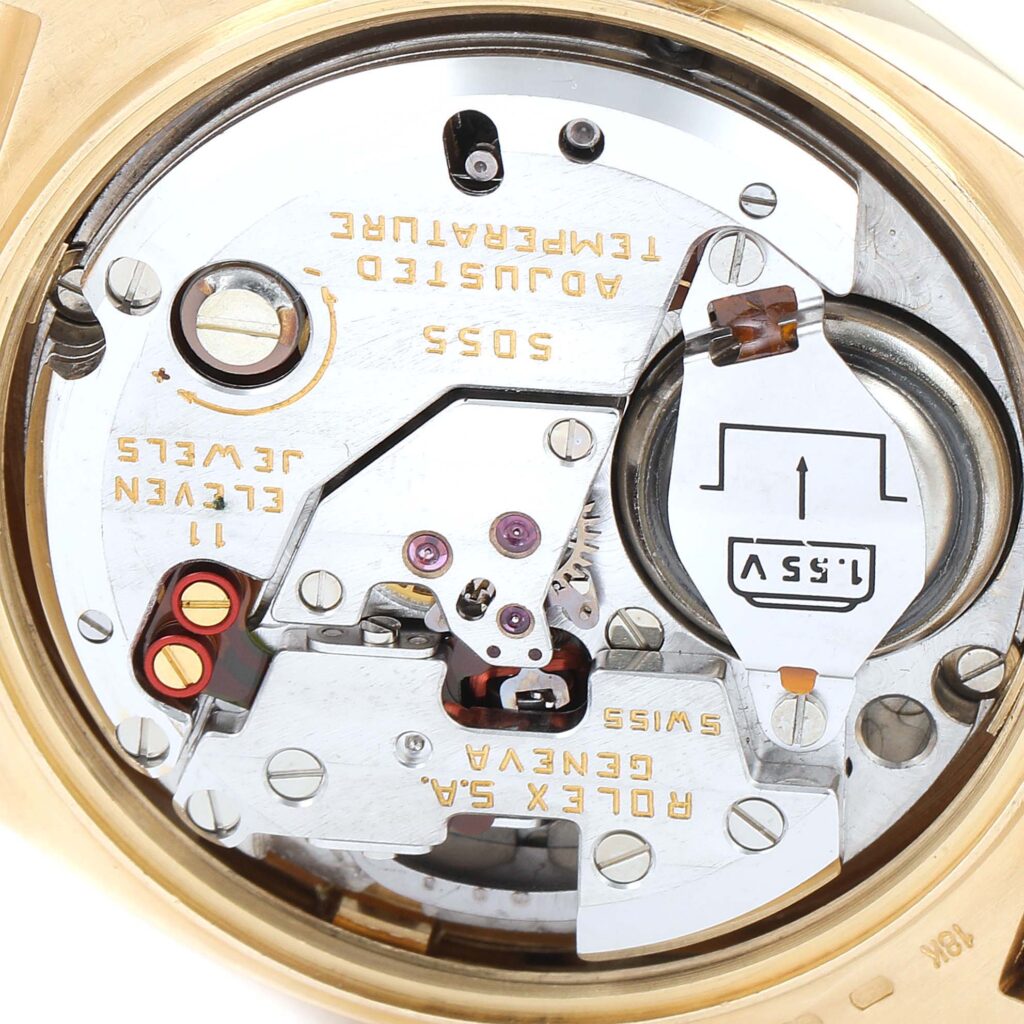When the name Zenith crosses your mind, what associations spring forth? Radios? Televisions? It’s understandable, given Zenith’s history as a subsidiary of the Zenith Radio Corporation of America. However, for aficionados of horology, particularly those outside the United States, Zenith evokes something entirely different: El Primero—the revolutionary movement hailed as the pioneer of integrated automatic chronograph calibers. This distinction is pivotal because Zenith, under the visionary guidance of its founder Georges Favre-Jacot, envisioned and achieved the creation of the world’s first vertically integrated watch manufacture, akin to the brand with the crown. In an ideal trajectory, Zenith could have rivaled or even surpassed Rolex’s prominence. Yet, that vision never fully materialized. Let’s delve into the reasons behind this divergence.
A Look Back at Zenith’s Journey:
One lands on the homepage of Zenith Electronics, LLC—a testament to the brand’s multifaceted history. Originating in 1918, Zenith Electronics pioneered radios, introducing the world’s first portable models by 1924. By 1948, Zenith Radio Corporation unveiled its inaugural line of black-and-white TV sets, later innovating with the introduction of wireless TV remote controls dubbed “Flash-Matic” in 1955. Intriguingly, Zenith Radio Company once held ownership of the eponymous Swiss replica watch brand, Zenith.
However, disputes over the Zenith name prevented the Swiss watchmaker from penetrating the lucrative US market, thwarted by its American namesake’s objections. In a strategic move, Zenith merged with Movado in 1968, enabling the sale of its products under an alternate moniker. Ironically, in 1972, the radio and TV conglomerate acquired the watchmaking brand, driven by a desire to capitalize on the burgeoning market for quartz timepieces. Under American ownership, the production of mechanical movements ceased, symbolizing a pivotal shift spurred by the Quartz Crisis.

A Defiant Stand:
Amidst this transition, a defiant figure emerged—Charles Vermot, a senior watchmaker steadfast in his refusal to adhere to directives to cease mechanical movement production. Vermot clandestinely safeguarded essential tools, components, machinery, and blueprints within the confines of the Le Locle manufacture’s attic, preserving Zenith’s legacy for posterity. This act of defiance proved providential when replica Rolex sought an automatic chronograph movement for the Daytona, culminating in the revelation of Vermot’s clandestine cache.
Zenith’s Renaissance:
In 1978, Dixi, a Swiss-French machine-tools conglomerate, acquired Movado-Zenith-Mondia, heralding a new chapter for the brand. While other Swiss watchmakers succumbed to the onslaught of quartz technology, Zenith persisted in mechanical movement production. Notably, Ebel and later Rolex availed themselves of Zenith’s caliber expertise, solidifying its stature in the horological realm.
The Resurgence of El Primero:
Vermot’s foresight proved invaluable in the resurrection of Zenith’s crowning achievement—the El Primero movement. When Zenith endeavored to revive the El Primero in 1986, Vermot’s trove of technical blueprints and tools facilitated a seamless resurgence. The El Primero found renewed acclaim in the Ebel Sport Classic Chronograph, albeit rebranded as caliber 134. Subsequently, Rolex’s interest in the El Primero birthed a mutually beneficial partnership, securing Zenith’s position in the annals of Swiss watchmaking history.

LVMH Assumes Control:
In 1999, amidst a landscape of industry acquisitions, LVMH seized the opportunity to acquire Zenith from Dixi for US$48.4 million. Zenith’s trajectory under LVMH’s stewardship saw notable figures such as Thierry Nataf and Jean-Claude Biver leave indelible marks on the brand’s identity. However, it was under the leadership of Julien Tornare that Zenith experienced a renaissance, marked by a resurgence in sales and a reinvigorated focus on heritage and innovation.
Charting a Different Course:
Tornare’s tenure saw Zenith embrace its heritage while embracing modernity, exemplified by releases like the Chronomaster Sport—an El Primero-equipped chronograph blending contemporary aesthetics with timeless appeal. By spotlighting the iconic El Primero movement and infusing it with technical advancements, Zenith regained its allure among enthusiasts.
A Missed Opportunity?
Reflecting on Zenith’s trajectory prompts speculation on what could have been. With an illustrious history, groundbreaking innovations, and enduring legacy, Zenith possessed the potential to rival Rolex’s global renown. Yet, the disparity in recognition between the two underscores the significance of effective marketing—a facet in which copy Rolex excelled. Indeed, Hans Wilsdorf’s adage, “Only great marketing is needed to make a company successful,” rings true in this context, underscoring the pivotal role of branding in shaping perceptions and driving success in the competitive landscape of luxury watchmaking.
While Zenith’s journey may diverge from the trajectory envisioned by its founder, its legacy endures as a testament to ingenuity, resilience, and the enduring allure of mechanical watchmaking. As the brand navigates the currents of change under LVMH’s guidance, its commitment to heritage, innovation, and the iconic El Primero movement ensures that Zenith remains a force to be reckoned with in the horological sphere.